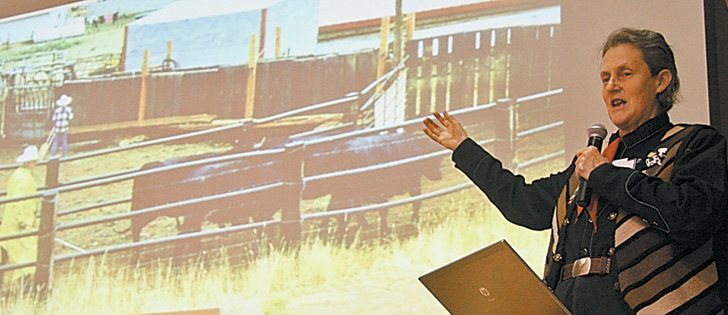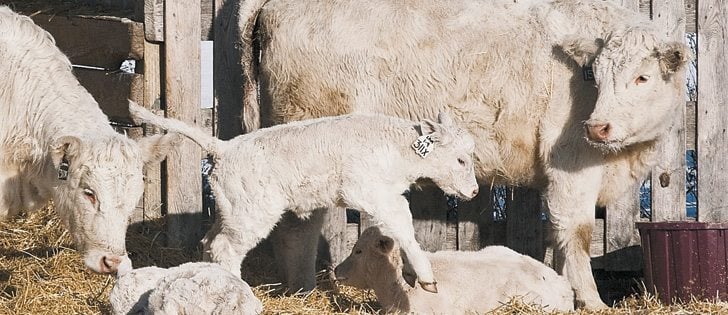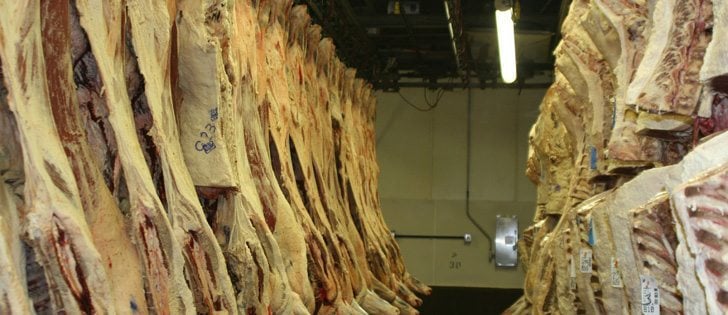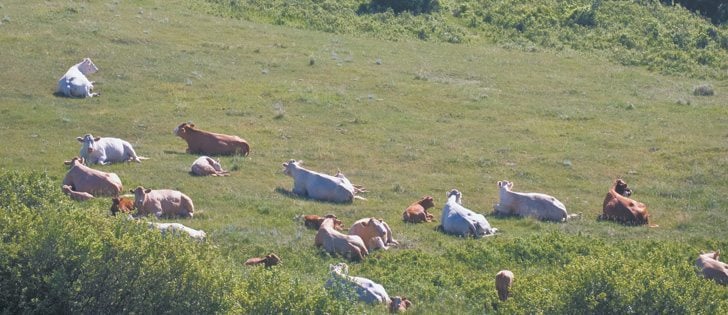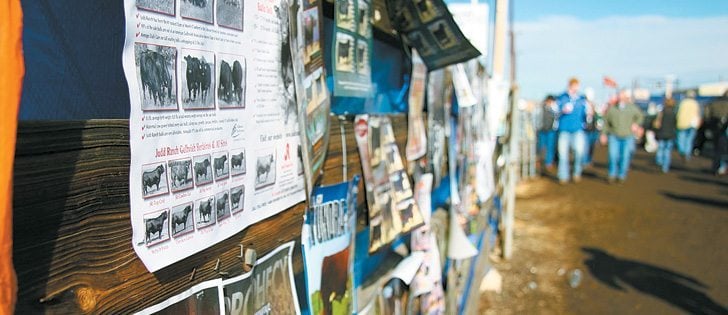Bovine viral disease a threat | Without a co-ordinated biosecurity plan, producers are putting themselves at risk
NASHVILLE, Tenn. — Plenty of information is available about bovine viral disease, but it can be difficult getting common sense advice out to producers.
Better known as BVD, it is an immune suppressing virus that leads to respiratory problems, abortions and possibly weak calves.
“BVD is still on the radar screen for many ranchers, but there are other priorities,” says Dale Grotelueschen, a veterinarian who chairs the National Cattlemen’s Beef Association’s BVD working group.
How to raise awareness about animal disease was part of the committee’s focus during the NCBA annual meeting held in Nashville Feb. 1-4.
Read Also

Charges laid after cattle theft
Saskatchewan RCMP lay two charges against a man after six cattle went missing.
Delegates heard that producers will need to be particularly aware of where they are buying replacements and the newcomers’ disease status if the national cow herd expands in the next few years.
Fewer extension people and bovine vets are working in the industry and not every producer belongs to a stockman’s association or other farm group where disease information is shared.
“Not every disease will affect every individual producer, but producers need to know what the potential issues are,” said committee member Tom Talbot.
Producers could unknowingly introduce problems such as Johnes disease, trichomoniasis or leptosporosis if they do not have a biosecurity plan.
A large five-year project to raise producer awareness of BVD is near completion in Michigan. It was launched in the upper peninsula region to work with producers on a voluntary basis to eradicate the disease.
The United States has a national surveillance and eradication program and some European countries are attempting to be BVD free, but the Michigan project wanted to show that a regional, voluntary approach could work.
The voluntary approach was used because past experience showed using regulations to clear up tuberculosis in the wild deer population failed, said Dan Grooms of Michigan State University.
“In my mind, education is the key to any control program, and the more information you can provide, the more likely you will get control,” he said.
Sixty percent of producers in the region became involved, and they were given information about biosecurity, vaccination, disease transmission and testing as well as practical ways to reduce their risks.
“We wanted them to understand vaccination could work for BVD and a host of other diseases,” he said.
The project covered 250 herds, or half the cattle in the region. About 18,000 were tested and 24 persistently infected animals were found. This would be consistent with the national average.
The number may be small, but those few can inflict a lot of damage in a herd. The persistently infected calves were removed from herds and destroyed.
The project also tested sheep, alpacas and 30 deer provided by hunters.
The study found a particular strain of the virus traced back to a single cow at a state fair, where many of those who had the disease had attended.
All state and county fairs in the area now demand negative BVD tests before entering the show.






